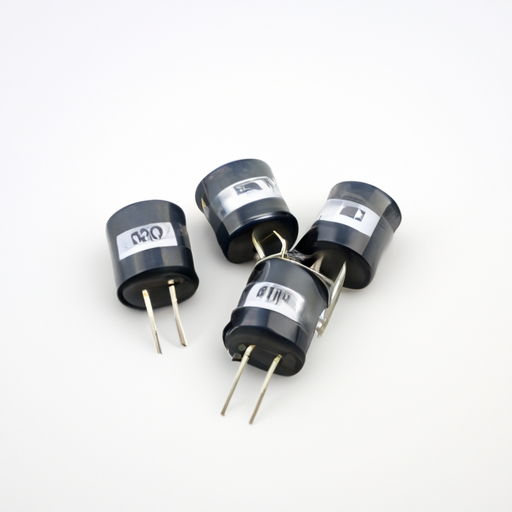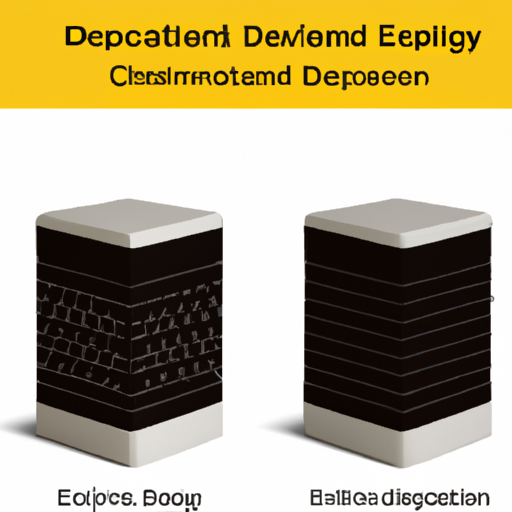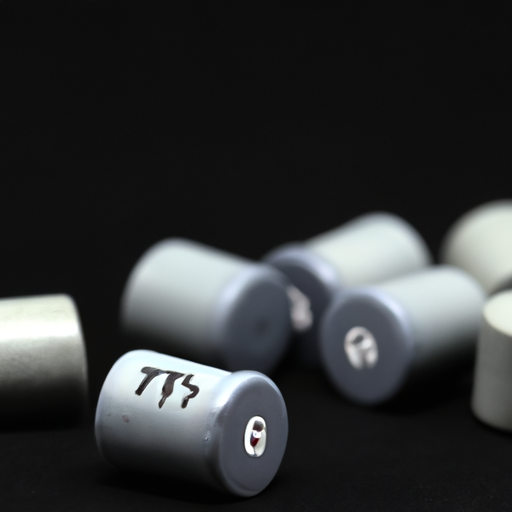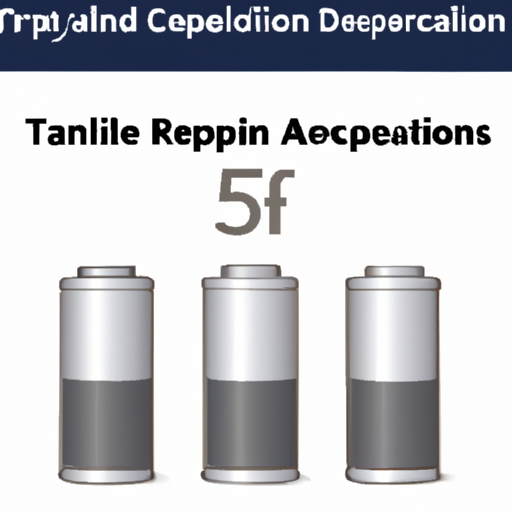MM74HC4049N Through Hole Resistors highlighting the core functional technology articles and application development cases of Through Hole Resistors that are effective.
Core Functional Technology of Through-Hole Resistors
1. Basic Functionality: Through-hole resistors are essential components in electronic circuits, serving to limit current flow, divide voltage, and provide biasing. They are fundamental in both analog and digital applications, ensuring that circuits operate within safe and functional parameters.
| 2. Types of Resistors | Through-hole resistors come in various forms, including: |
3. Construction: Typically made from materials like carbon film, metal film, or wire-wound, through-hole resistors are designed for insertion into a PCB. Their leads are soldered to the board, providing a stable and reliable connection.
4. Power Rating: Available in various power ratings (e.g., 1/8W to several watts), through-hole resistors can handle different current levels without overheating, making them suitable for a wide range of applications.
5. Tolerance and Temperature Coefficient: Resistors come with different tolerances (e.g., ±1%, ±5%) and temperature coefficients, which influence their performance under varying environmental conditions. This is crucial for precision applications where accuracy is paramount.
Application Development Cases
1. Signal Conditioning: In circuits utilizing the MM74HC4049N, through-hole resistors can be employed for signal conditioning. For instance, when interfacing a sensor with the inverter, resistors can scale down voltage levels to meet the IC's input requirements.
- Case Study: A temperature sensor outputting a voltage signal can be conditioned using a voltage divider made from through-hole resistors before feeding it into the MM74HC4049N for further processing. This ensures that the signal is within the acceptable range for the inverter.
2. Pull-Up and Pull-Down Resistors: In digital circuits using the MM74HC4049N, pull-up or pull-down resistors are essential for maintaining defined logic levels when inputs are not actively driven.
- Case Study: In a microcontroller application, a pull-up resistor connected to the input of the MM74HC4049N ensures that the inverter receives a high signal when a switch is open, preventing floating inputs that could lead to unpredictable behavior.
3. Oscillator Circuits: Through-hole resistors can be integral in RC (resistor-capacitor) timing circuits, enabling the creation of oscillators or timers. The MM74HC4049N can be configured to generate square waves for clock signals.
- Case Study: An oscillator circuit using the MM74HC4049N can be designed with through-hole resistors and capacitors to create a simple clock generator for timing applications in microcontroller projects, providing a reliable timing source for various functions.
4. LED Drivers: The MM74HC4049N can drive LEDs, and through-hole resistors are crucial for limiting the current flowing through the LEDs, preventing damage.
- Case Study: In a visual indicator application, through-hole resistors are calculated to ensure that the current through the LED remains within safe limits while being driven by the output of the MM74HC4049N, ensuring longevity and reliability of the LED.
5. Level Shifting: When interfacing devices with different logic levels, through-hole resistors can be used alongside the MM74HC4049N to create level shifters, facilitating communication between devices operating at different voltage levels.
- Case Study: A 5V logic device communicating with a 3.3V device can utilize a resistor network to safely shift the voltage levels, ensuring compatibility and protecting the components from potential damage due to over-voltage.
Conclusion
Through-hole resistors are vital components in various applications involving the MM74HC4049N and other logic ICs. Their ability to limit current, divide voltage, and provide stable reference levels makes them indispensable in circuit design. By understanding their core functionalities and exploring practical application cases, engineers can effectively utilize these components in their projects, enhancing the performance and reliability of their electronic designs.







